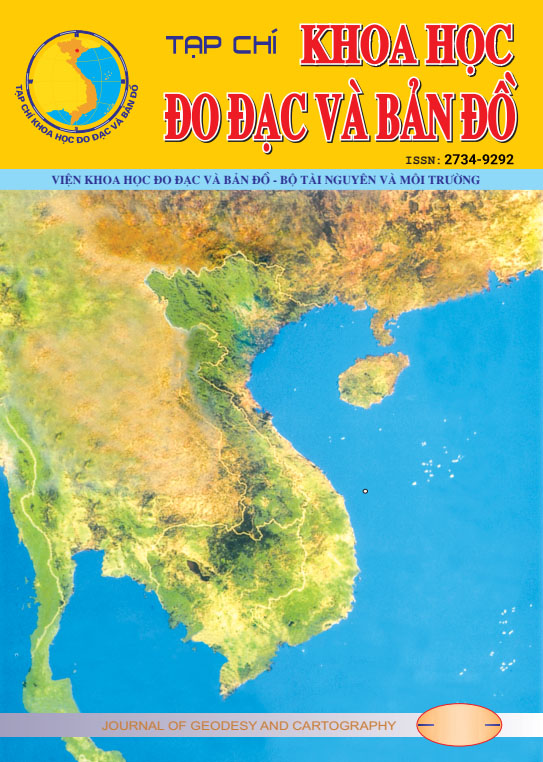Abstract
Satellites imagery applications nowadays, serving the purposes of research, experiment or social life in general and in the field of Environment in particular, are increasingly popular. The two commonly used processes of extracting information are unsupervised and supervised classification. Supervised classification is the process of clustering pixels into classes based on training data (groups of pixels that represent areas) that you define. In supervised classification, a user can select sample pixels in an image that are representative of specific classes and then direct the image processing software to use these training sites (testing sets or input classes) as references for the classification of all other pixels in the image. However, when performing supervised classification in the area with mixed land surface, the lower accuracy of image classification is attributed to the effect of mixed pixels. Mixed pixel is a phenomenon that occurs when pixels with values belonging to class A, but are classified in other classes instead of class A. In data applications using small and medium-resolution, surface patches imaged as an individual pixels may contain more than one cover-type. As a result, mixed pixel classification by handling some components, including soil, water, vegetation on each pixel to improve the accuracy of classification results, is an important issue. Considering the present situation, the authors carried out the theme "A research on technical solutions to improve the accuracy of mixed pixel classification".
PDF (Tiếng Việt)
| Download: 69
Downloads
Download data is not yet available.

